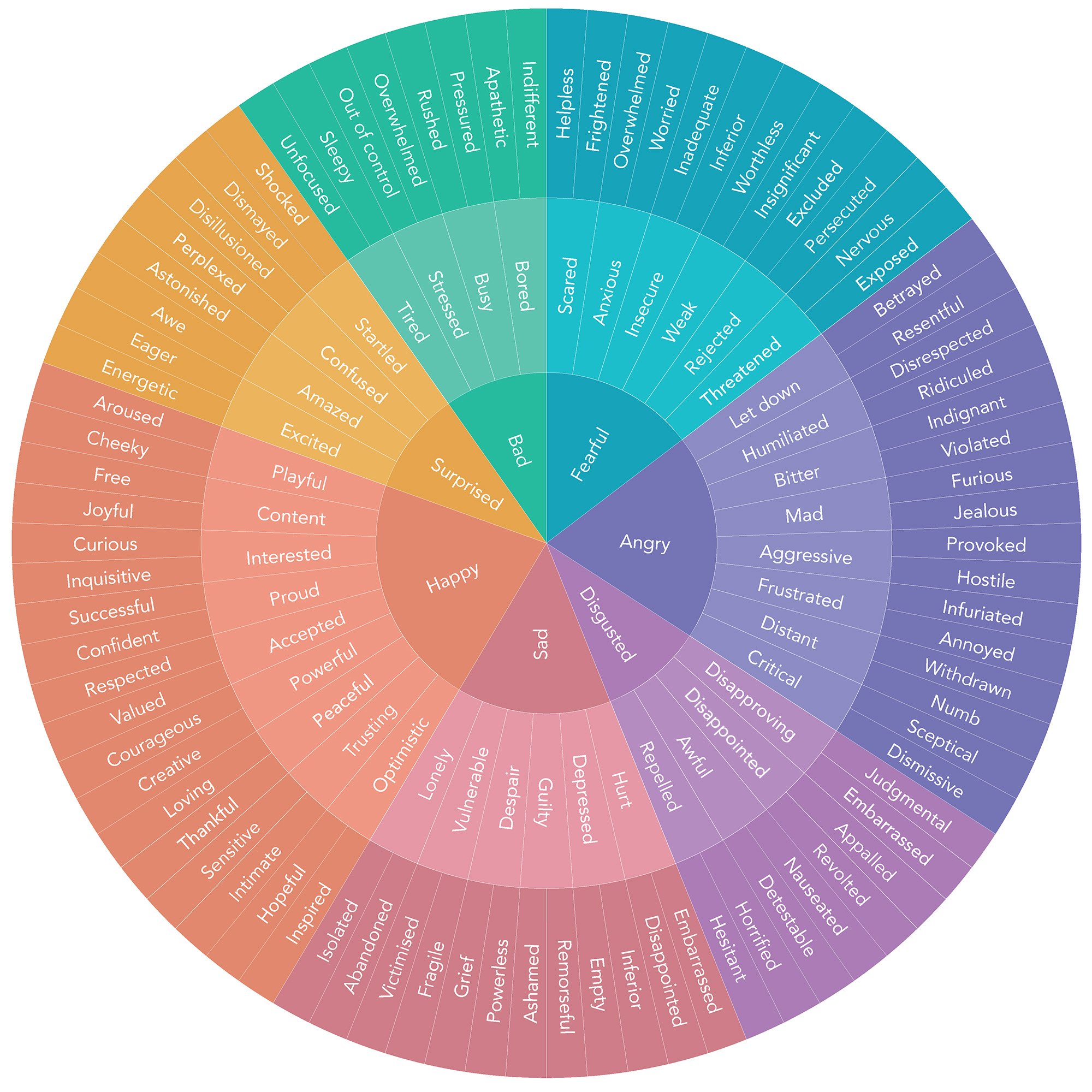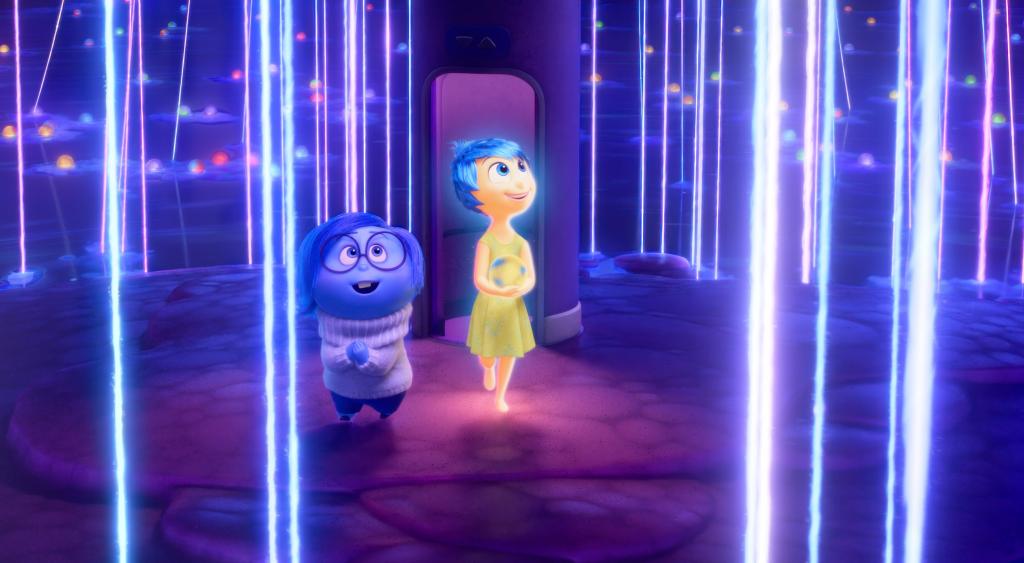
What Inside Out 2 Taught Me About My Relationship
Share
After watching Inside Out 2 last weekend, I found myself reflecting deeply on my relationship. You know the producers are extremely talented when a movie designed for kids can resonate with such a wide audience. The unique ability to tap into the most universal human experiences, packaging complex emotional and psychological themes in a way that’s relatable for both children and adults. As we sat there, my partner and I couldn’t help but be moved by the way the film portrayed the inner workings of the mind—particularly how it navigates anxiety, self-doubt, and emotional growth. The movie gave us an opportunity to discuss our own emotional journeys, and I realised how much I’ve learnt (and continue to learn) about navigating a relationship with a partner whose emotional world sometimes feels so different from mine.
Bridging Emotional Differences in Our Relationship

Ref: Inside Out Movie 2
At the beginning of our relationship, I often felt envious of my partner's carefree nature. He’s always been the kind of person who confidently walks into any room, making friends with ease and being able to take up space with his thoughts. Meanwhile, I was the opposite—often overthinking every word, feeling anxious in social settings, and doubting myself. While he always tried to support me and understand my struggles, it wasn’t something he could fully understand at the time.
Watching Inside Out 2 together really helped put things a little into perspective. The way the movie portrayed anxiety as a deeply-rooted emotion that can affect someone’s sense of self resonated with both of us. It gave him a better understanding of what I’ve been going through—how anxiety isn’t just about feeling worried in the moment, but how it shapes your entire emotional landscape. It was a powerful reminder that while we experience emotions differently, that doesn't mean one way is better or worse. It’s just different. And learning to appreciate and empathise with those differences has been key to strengthening our relationship.
Navigating Emotions Through a Cultural Lens
:max_bytes(150000):strip_icc():focal(990x653:992x655)/inside-out-2-845dd60bd1314a5aba8ab8cbaa3f4b03.jpg)
Ref: Inside Out Movie 2
Growing up in an Asian household, the emotional world I was raised in was quite different from the one portrayed in Inside Out 2. Emotions weren't something we openly expressed. It wasn't that showing emotion was actively discouraged, but rather, it just wasn’t modeled. My parents rarely showed their emotions, whether it was sadness, anger, or even joy, so I naturally learned to keep mine in check as well. The unspoken norm was to maintain composure and not let emotions spill over into daily life.
As a result, I spent much of my life keeping my emotions to myself, especially when it came to anxiety. I internalised the belief that showing vulnerability might make others uncomfortable. This was something I carried into adulthood and, of course, into my relationship. Early on, I found it difficult to fully express my feelings or to communicate when something was bothering me. Instead of opening up, I would often shut down emotionally.
But it didn’t stop there. This emotional suppression also led to some toxic behaviours—ones I didn’t even recognise at first. When I felt overwhelmed or misunderstood, I would sometimes lash out at my partner, acting out of frustration or even spite. There were also times when I would withdraw completely, ignoring him when I should have been communicating how I felt. These reactions stemmed from a place of not knowing how to deal with my emotions in a healthy way. Instead of talking things through, I’d either explode or retreat, which only made things harder for both of us.
The movie reminded me how vital it is to face those emotions head-on, instead of letting them fester beneath the surface. Watching the characters work through their emotional struggles made me reflect on my own journey and how much I’ve had to learn (and unlearn) about dealing with feelings. It showed me that emotions aren’t something to hide from, but rather to embrace—and that learning to express them, no matter how uncomfortable, is essential for personal growth and for the health of a relationship.
Expanding Our Emotional Vocabulary
Another major takeaway from Inside Out 2 was how important it is to identify and express our emotions, especially in relationships. The movie reminded us that emotions are complex, and sometimes we don’t even have the right words to describe how we feel. This can lead to misunderstandings or unresolved tensions in a relationship. But when we have a broader emotional vocabulary—when we can label what we’re feeling beyond just “happy” or “sad”—we can better understand ourselves and each other.

Ref: Calm.com
After the movie, we talked about how expanding our emotional vocabulary has helped us as a couple. Knowing how to articulate feelings like "overwhelmed," "insecure," or "resentful" has made a huge difference. It’s not always easy, but recognising the nuances in our emotions has given us both the tools to self-regulate and communicate better. This process of identifying and naming our emotions is still ongoing, but it's something that’s helped us grow both as individuals and as a couple.
Learning to Unlearn

Ref: Inside Out Movie 2
The movie also highlighted how emotional habits are often formed in childhood, and unlearning these patterns can be one of the hardest things to do. As mentioned above, growing up in an Asian household, being overly sensitive or emotional wasn’t encouraged, and that’s something I carried into adulthood. I spent years unlearning these habits—particularly my people-pleasing tendencies. It’s taken time to build self-assurance, to learn to set boundaries, and to communicate my needs without feeling guilty.
My partner, on the other hand, didn’t have the same struggles, so there were moments early on when we’d clash. He couldn’t fully grasp why I found it difficult to say "no" or set boundaries, and I would get frustrated when he didn’t understand my hesitations. But as I’ve worked through my emotional baggage, I’ve learned to express my needs more clearly, and he’s become more attuned to my emotional world. Together, we’ve learned that relationships require constant unlearning—letting go of old emotional patterns and embracing healthier ways to connect and communicate.
Building Emotional Resilience in Our Future Family
Watching the film, we also found ourselves reflecting on how we want to build our future together, especially when it comes to raising kids. The way Inside Out 2 highlights the importance of emotional self-regulation and building a strong sense of self struck a chord with us. We both agreed that teaching our future kids to feel their emotions, rather than suppressing them, will be a priority. Growing up, we didn’t always have that space, and it took years of unlearning to gain the emotional confidence we have today.
We want to be intentional about creating an environment where emotions are understood, embraced, and talked about openly. Whether it’s teaching empathy, having tough conversations, or showing that it’s okay to be sensitive, we want our kids to grow up feeling emotionally secure, and that they are supported.

Ref: Inside Out Movie 2
Inside Out 2 was more than just a movie for us—it was a reminder of how important it is to nurture not only our own emotional health but also our emotional connection as a couple. It brought to light so many of the unspoken struggles we face in relationships: the differences in how we experience and express emotions, the importance of expanding our emotional vocabulary, and the necessity of unlearning old habits that no longer serve us.
As we continue to grow together, I’m grateful for these moments of reflection. They remind me that while relationships take work, they’re also one of the most rewarding places to grow emotionally. Watching this film opened up a deeper conversation about our feelings, and I’m excited to keep learning and evolving alongside my partner, one emotion at a time.
